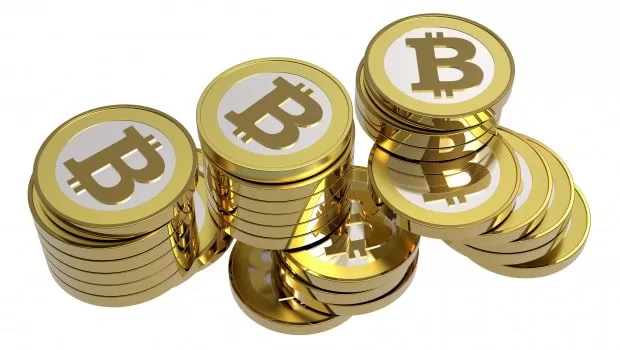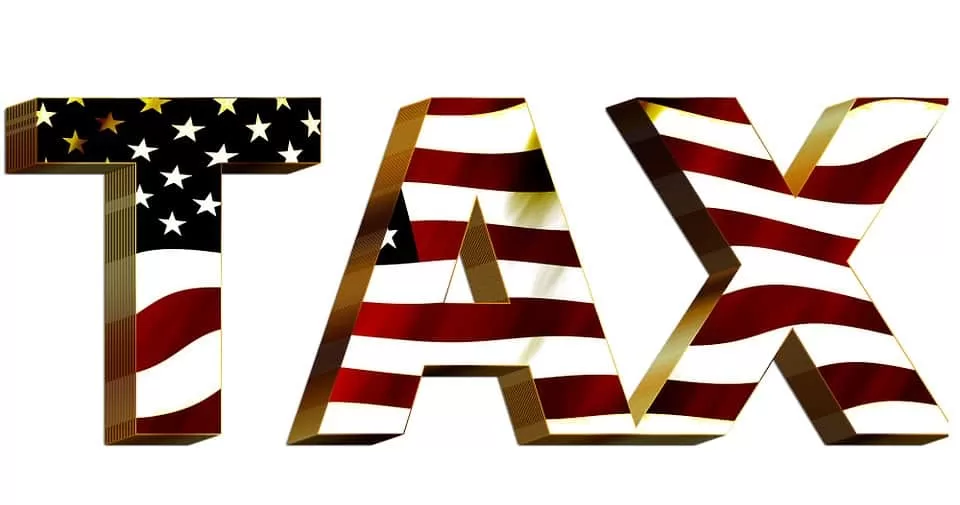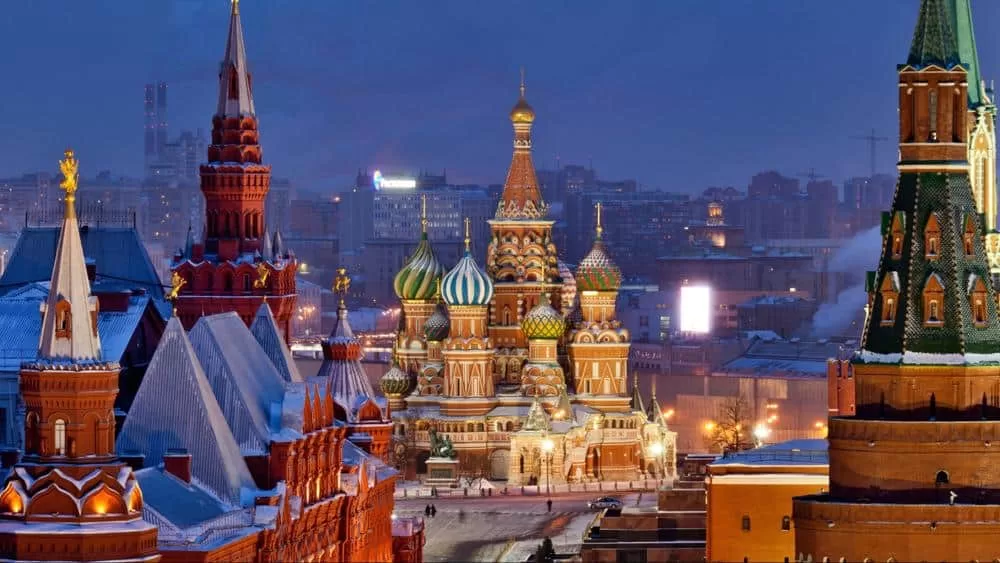Selling Bitcoin is a Crime in the United States!
It’s official… selling your own legally acquired Bitcoin is a crime in the United States! If you sell your Bitcoin or other cryptocurrency without going through a regulated exchange, the US government is coming for you. You do not have the right to transfer your cryptocurrency without the US government and the IRS knowing exactly what you’re doing.
You no longer have the right to sell your own property. And, Bitcoin is “property.” The all knowing IRS made that determination last year when it began taxing Bitcoin transactions as capital gains.
But selling your property without going through a regulated exchange, so that the government can control and tax the trades, is now a crime.
As reported on Coindesk, A Michigan man has been charged with running an unlicensed money transmitting business after selling nearly $150,000 in bitcoin online and without going through a regulated exchange.
According to an indictment, 52-year-old Bradley Anthony Stetkiw allegedly sold Bitcoins he legally owned and legally acquired. He was charged with money laundering and operating an unlicensed exchange.
It is not alleged that Mr. Stetkiw stole the coins or that they came from an illegal business. He was not a drug dealer trying to launder is profits. His ONLY crime was trying to sell his property without US government oversight.
How did the US government catch this evildoer? They ran a sting operation, of course!
As described in documents filed with the U.S. District Court for the Eastern District of Michigan, Stetkiw allegedly sold all of $56,000 worth of bitcoin to federal agents through six meetings.
According to the indictment:
“Operating under the username ‘SaltandPepper,’ Stetkiw bought, sold and brokered deals for hundreds of thousands of dollars in Bitcoins while failing to comply with the money transmitting business registration requirements set forth in Title 31, United States Code, Section 5330.”
And this is not the first time a US citizen has been charged for selling Bitcoin. Earlier this year, Detroit resident Sal Mansy plead guilty to the charge of operating an unlicensed money services business. He allegedly conducted $2.4 million-worth of transactions over a two-year period ending in July 2015.
Other arrests in Missouri and New York suggest actions against independent U.S. Bitcoin sellers are on the rise. The US government is targeting Bitcoin and Cryptocurrency.
If you want the right to sell your property without US government oversight, you need to set up abroad. You need to get your Bitcoin offshore and into an international corporation or an asset protection trust before it’s too late.
At some point the US government is going to block the transfer of Bitcoin abroad. You will be unable to transfer your cryptocurrency from a regulated exchange like Coinbase onto an unregulated offshore platform. The only platform you will be able to reach is one that bows to the US government.
You think I’m overstating the case? This has already happened with offshore bank accounts!
In 2015, the Foreign Account Tax Compliance Act (FATCA) turned employees of offshore banks into unpaid IRS agents. Today, all offshore bank transactions involving US persons are dutifully reported to the US government.
It’s also impossible to send a wire or transfer funds from a US bank to a bank that does not participate in FATCA. The law required the sending bank to withhold 30% from any wire to a non-conforming offshore bank. The result is that no US bank will send a wire to a bank that didn’t sign on to FATCA. US banks don’t want to be held liable for the 30%, so they simply block all non-participating banks.
Therefore, I say again, get your Bitcoin out of the United States before it’s too late. Form an offshore structure and move your cryptocurrency into that structure as soon as possible.
The same goes for your US retirement account. If you want to move it offshore and invest in cryptocurrency, you need to take action now. As of this writing, you can still move your US retirement account offshore without a tax penalty and invest in anything you like.
Enjoy this podcast from The Expat Money Show – Eryka Gemma on Bitcoin for International Privacy.
Handpicked Related Content: For more on moving your IRA offshore, see: Here’s how to take your IRA offshore in 6 steps.
Remember that US citizens and IRA holders still need to follow US laws when they invest offshore. I’m not suggesting anything illegal here. I’m simply pointing out that you can protect your privacy, while still following current laws, by diversifying your cryptocurrency and IRA out of the US before those laws are changed.
Here is probably the most extensive ebook on Everything You Ever Wanted To Know About Eliminating Your Taxes, Protecting Your Assets And Regaining Privacy Over Your Life And Investments. It is called The Ultimate Guide To Going Offshore. Visit our bookstore to purchase it today!
I hope you enjoyed reading this article: Selling Bitcoin is a Crime in the United States!. If you have any questions, please contact our office HERE.
I’ve included some great articles for you to read, enjoy!
5 Ways Blockchain Can Revolutionize the Finance Sector
Investment Mistakes Made by Americans Abroad
Guide to Foreign Tax Credit, Foreign Tax Treaties and Foreign Housing Exclusion
Could Ripple Grow Bigger Than Bitcoin?
Contact Author
"*" indicates required fields
Stay Ahead on Every Adventure!
Stay updated with the World News on Escape Artist. Get all the travel news, international destinations, expat living, moving abroad, Lifestyle Tips, and digital nomad opportunities. Your next journey starts here—don’t miss a moment! Subscribe Now!










